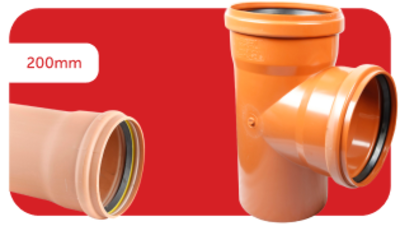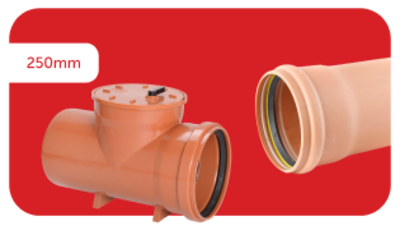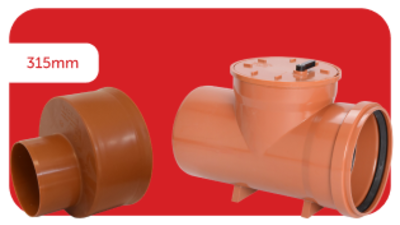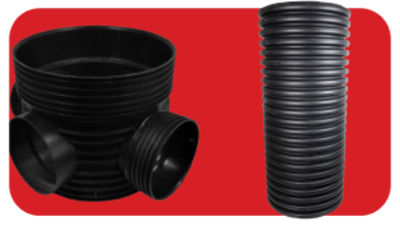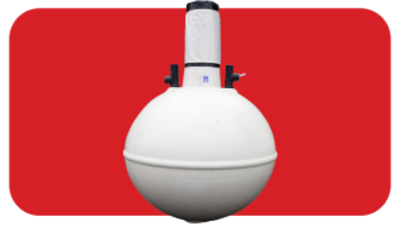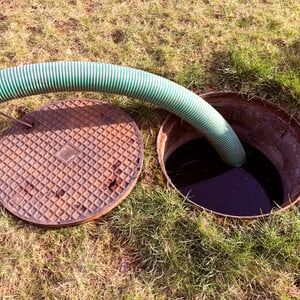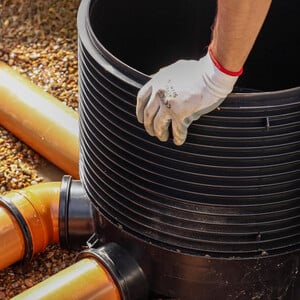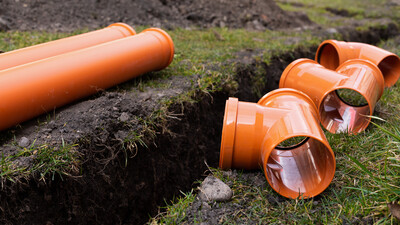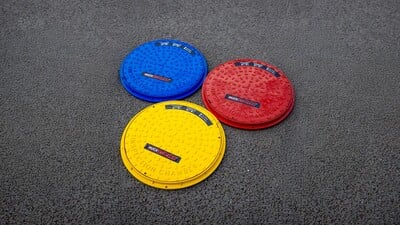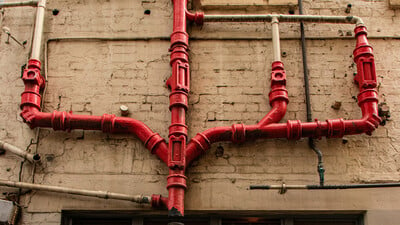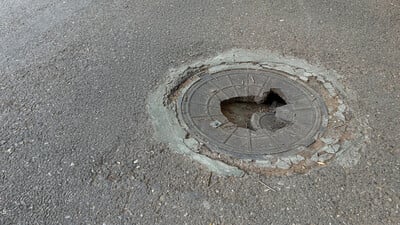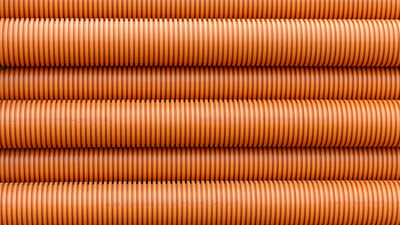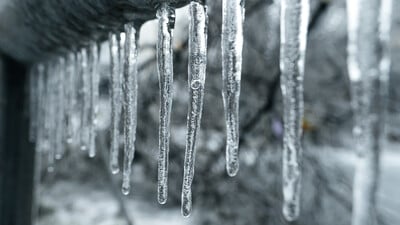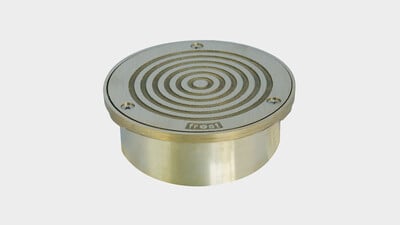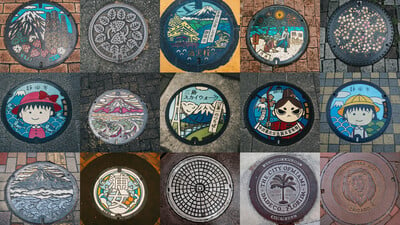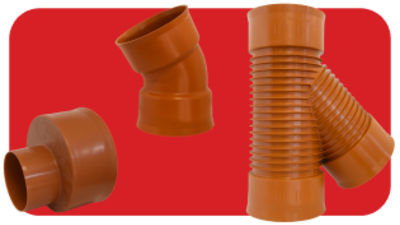
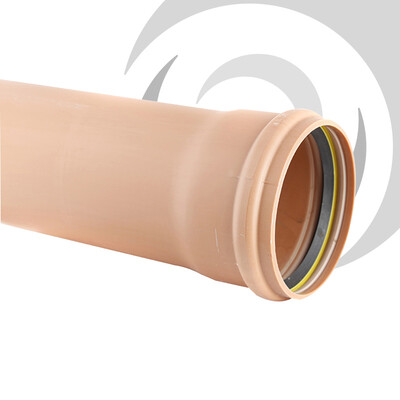
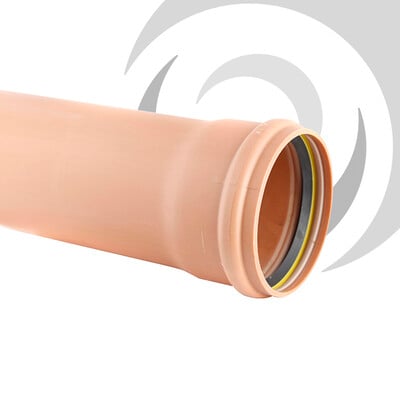
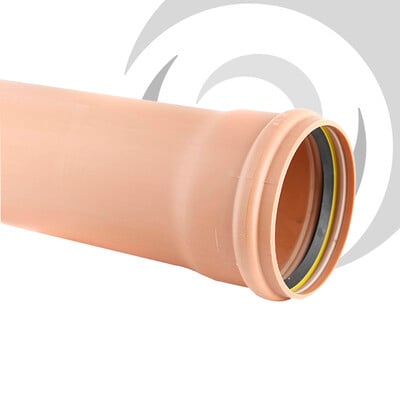
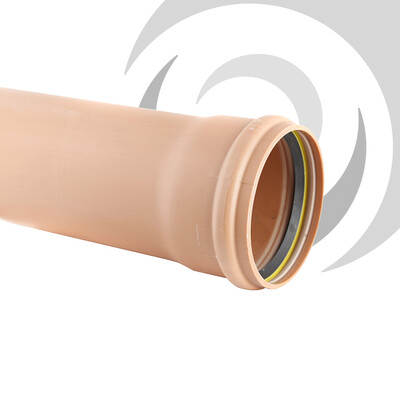
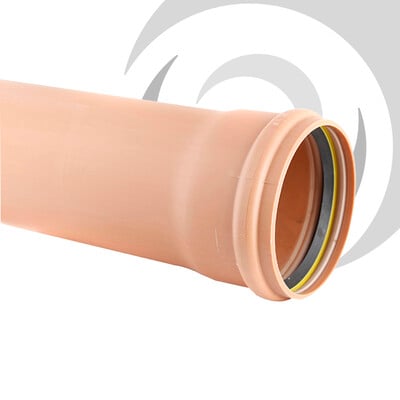
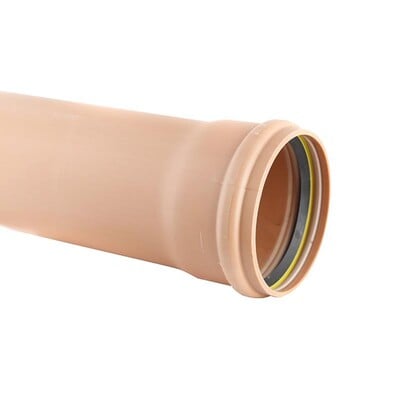
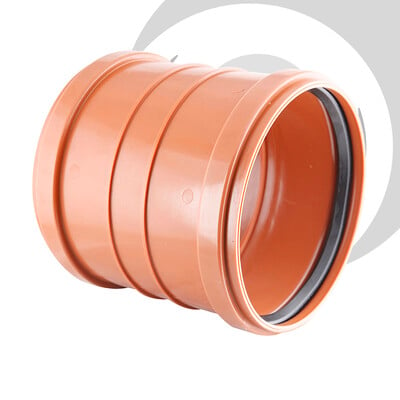
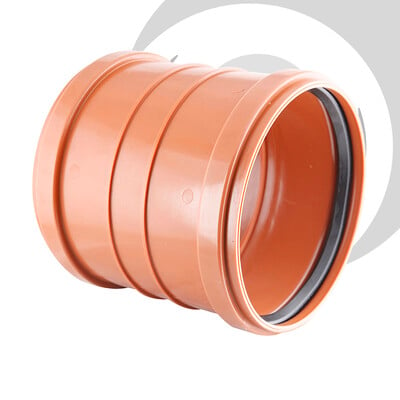
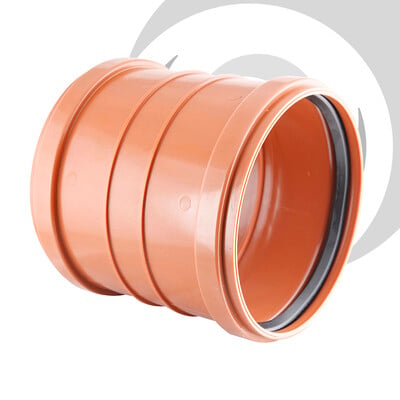

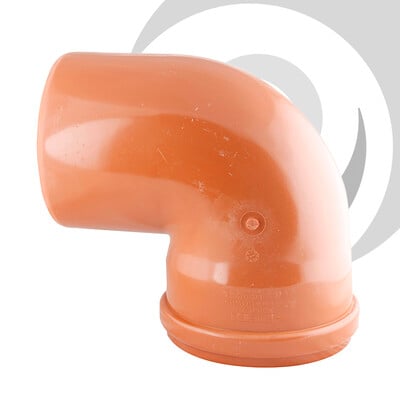
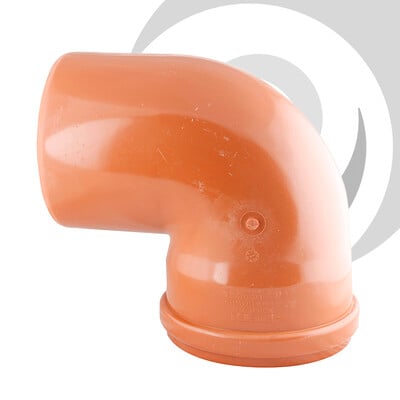
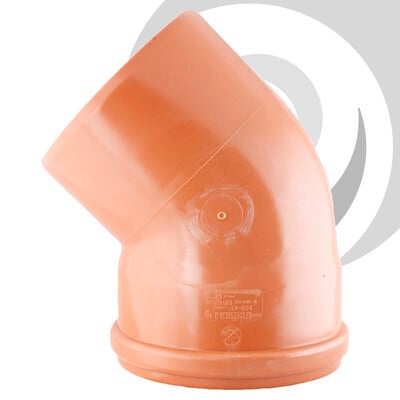
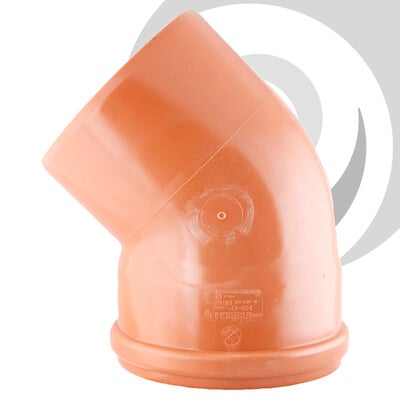
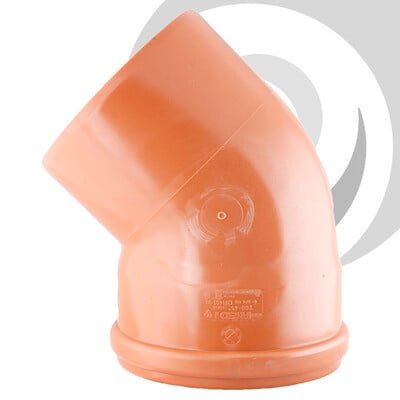
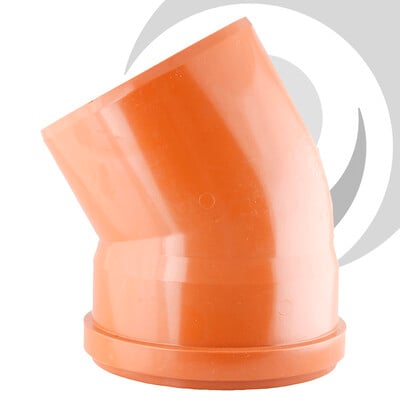
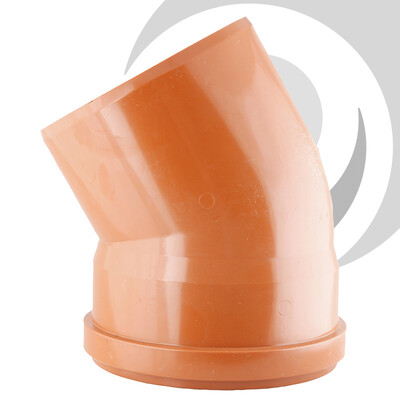
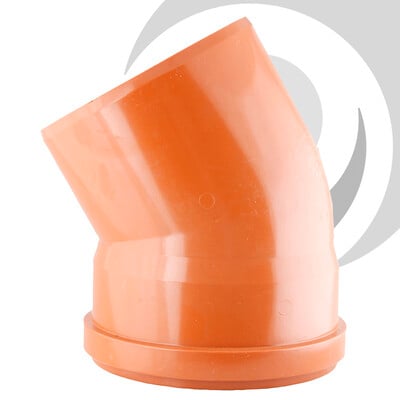

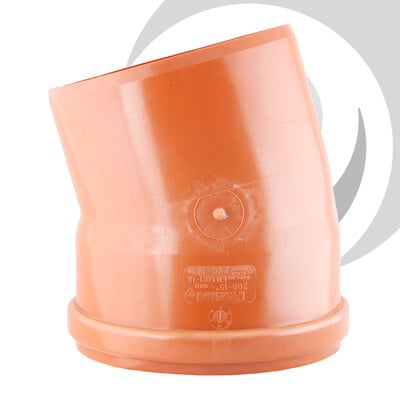
Underground sewer system supplier
At Drainfast, we hold underground sewer pipe stock so you can benefit from next-day delivery. Our range of pipes is made from durable and lightweight plastic, making handling and installation easy. Our pipes span different sizes and angles to support varied sewer system designs and fittings, and in our range, you can also find socket plugs, adaptors, sealing rings and everything you could need to build a successful underground sewer system. The team at Drainfast can also make life easier with our material take off service. Send us your drawings and plans, and we’ll accurately measure up and source everything you need.
Why choose Drainfast?
Here at Drainfast, we have over 20 years of experience as an underground sewer system specialist, helping to supply the right pipes and components for new sewer projects, maintenance and repairs. When buying from Drainfast, you won’t have to worry about waiting for your orders to arrive, thanks to our depots being strategically located across the country with stock always available. We act FAST, from responding to your queries and adapting to changes to solving any problems with complete transparency, so your time isn’t wasted. We have become a reputable leader in supplying underground drainage systems and pipes, always prioritising our customers’ needs with honest advice, long-lasting products from the best brands and quick delivery.
Underground sewer supplies FAQs
What are the three types of sewerage systems?
There are three main types of sewerage systems, each requiring specific underground sewer pipes and components. Combined sewers carry both stormwater and wastewater; sanitary sewers carry wastewater to treatment plants. The third type is known as storm sewers, which carry rainwater to streams and rivers, and are not designed to carry wastewater.
What is the best pipe for underground sewage?
The best pipe for underground sewage is PVC-U (unplasticized polyvinyl chloride), thanks to its durability, corrosion resistance and smooth interior, which reduces blockages. This material is also easy to shape into different angles and sizes, perfect for the complexity of the different sewer systems found in the UK.
What is the difference between a drain and a sewer?
A drain collects wastewater from individual buildings and directs it to a sewer. In contrast, a sewer is a larger network that transports wastewater, or stormwater, from multiple drains to treatment facilities. Drains are local collection points, whereas sewers are the main distribution system for sewage.
What is the difference between a sewer and a sewer system?
A sewer is a single pipe that carries wastewater, while a sewer system is the entire network of interconnected sewers, pumping stations and treatment facilities. The system ensures safe collection, transport and treatment of sewage from multiple properties, rather than just handling wastewater from one location.
What is the difference between a sewer line and a sewer pipe?
A sewer line is a section of the sewer system that serves a specific route or property connection. A sewer pipe is the physical conduit itself.
What is the difference between a septic tank and a sewage treatment system?
A septic tank collects and partially treats wastewater on-site, relying on natural settling and bacterial action, usually in rural areas which don’t have a connection to the mains sewer. A sewage treatment plant provides more advanced processing, often including filtration and chemical or biological treatment, producing cleaner effluent suitable for discharge or reuse.
What type of pipes are used in underground sewers?
Underground sewer systems use PVC-U, vitrified clay, concrete or HDPE pipes. PVC-U is the most popular thanks to the material’s durability, corrosion resistance and ease of installation. Drainfast stocks a wide range of PVC-U underground drainage pipes for sewer systems.
How deep should a sewer pipe be buried?
The depth of a sewer pipe depends on frost lines, load requirements and local regulations. Typically, residential sewer pipes are buried around 1.2 metres underground to avoid freezing and surface traffic loads. Depths may be greater for larger systems or areas with heavy soil. As underground drainage system specialists, the team at Drainfast can advise the ideal pipes for your project’s requirements.
Help & Advice
Related articles
Delivery options
Enter your postcode for delivery timescales, accurate stock levels, and your nearest depot
